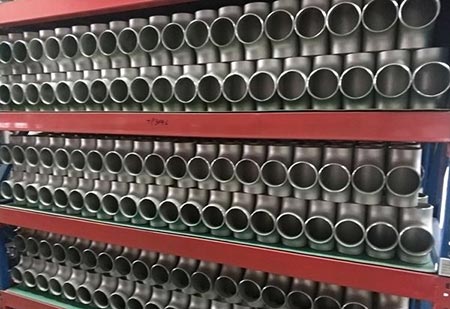Can you mix brass and stainless steel pipe fittings?
Yes, you can mix brass and stainless steel pipe fittings, but it's essential to consider certain factors before doing so:
Compatibility: Brass and stainless steel can generally be used together without causing any significant issues. Both materials are corrosion-resistant and durable, which makes them suitable for various applications.
Galvanic Corrosion: Galvanic corrosion can occur when dissimilar metals are in contact in the presence of an electrolyte (such as water). Brass and stainless steel have different electrochemical properties, which can lead to galvanic corrosion if they are directly connected in certain environments. To mitigate this risk, you can use dielectric unions or insulating fittings between the brass and stainless steel components.
Application: Consider the specific application and the environmental conditions the fittings will be exposed to. If the fittings will be in contact with water or other corrosive substances, it's essential to choose materials that are compatible with the environment to ensure long-term performance.
Thread Compatibility: Ensure that the threads of the brass and stainless steel fittings are compatible to achieve a proper seal. In some cases, you may need to use thread adapters or fittings with compatible threads.
Chemical Compatibility: Consider the fluids or gases that will pass through the fittings and ensure that both brass and stainless steel are compatible with those substances. Chemical compatibility is crucial to prevent corrosion or contamination of the fluid.
Before mixing brass and stainless steel pipe fittings, it's a good idea to consult with a professional plumber or engineer who can assess the specific requirements of your application and recommend the appropriate materials and fittings to use.
Previous: >> What are the different grades of stainless steel pipe fittings? Next: >> What is the price of SS 316l seamless pipe?







